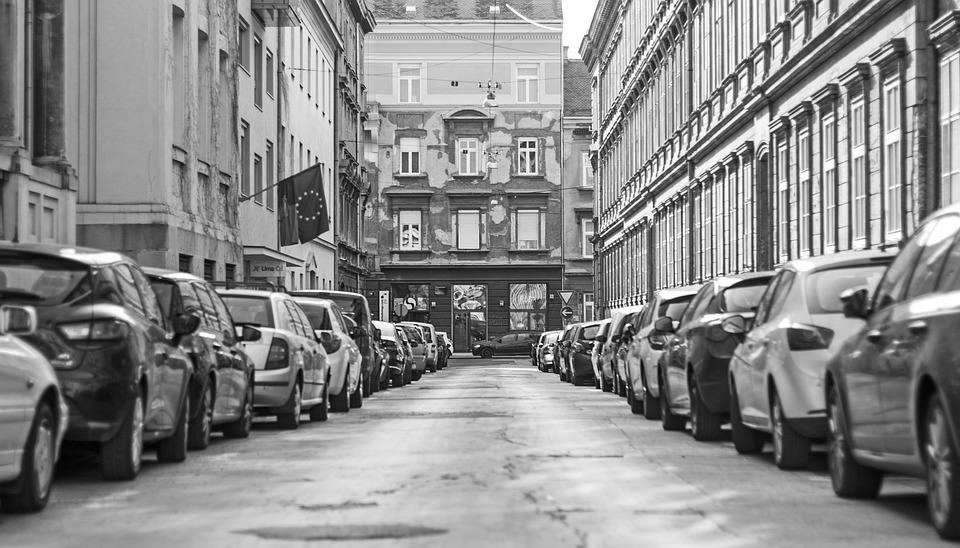As Marija Brnic/Poslovni Dnevnik writes, the growth of wages over the last year has been mostly attributed to the chronic lack of workers in Croatia, but calls are regularly heard from the ranks of Croatian businessmen to the government to undertake tax reforms and finally reduce the high burdens due to which workers’ wages are low compared to other countries, and their products are as such very uncompetitive.
In recent statements, they warned that 42% of an employee’s gross salary goes straight to the state. However, an analysis of the Croatian Employment Service (HZZ) on the average gross wages in the manufacturing industry across EU member states shows that the level of wages and indeed large differences between EU countries is also determined by a number of other elements that determine labour productivity, and the most interesting conclusion they’ve drawn is that such differences are greatly influenced by the legacy of socialism.
The Croatian socialist past – Life behind the “Iron Curtain”
This fact can be seen at first glance from the very ranking of wages paid per hour of work by industrialists in certain other countries, because they are the highest among the older EU member states, while the countries behind the former “Iron Curtain”, including Croatia, come second with gross salaries which are several times lower.
According to Eurostat data for 2021, the highest gross hourly wage is paid in Denmark (48.5 euros), while the lowest (5.8 euros) in Bulgaria is 8 and a half times less. Workers at processors in Belgium, Sweden and Germany had more than 40 euros in gross hourly wages, and almost 40 euros is paid out per hour in both Austria and France.
Among the former socialist countries, the highest gross wages are paid to employees in neighbouring Slovenia (20.3 euros), which is twice as much as in Croatia, where an hour of production costs an average of 10.3 euros. Industrial workers in the Baltic country of Latvia also have a very similar gross salary, and only salaries in Romania, along with Bulgaria, are lower than that.
This trend, although CES analysts refrain from drawing firm conclusions since the past two years we’ve all been operating under the conditions of a global coronavirus pandemic, shows that in most countries the price of labour in industry has increased, and this is most visible in hourly rates in Denmark and Sweden, while in some countries, slight reductions were also recorded.
Here in the Republic of Croatia back during the pre-pandemic year of 2019, the average gross hourly wage stood at 10.1 euros, a year later it stood at 9.9 euros, and last year it rose to 10.3 euros.
Due to the unreliability of the data from the time of the unprecedented situation involving the spread of the novel coronavirus, CES analysts based their further research on wage differences on 2019, i.e. data on what affected labour productivity, and thus wages, in the period from 1996 until that time. The data on the share of experts and the share of technicians in the total number of employees were also compared, and they also processed data on the extent of investments in machines and equipment during that longer period.
Impacts on productivity
It has been shown that Finland (23.8%) and Luxembourg (229%) have the largest share of experts in the total number of employees in the processing industry, while Sweden (24.8%) and France (24.6%) lead the way in terms of the share of technicians, Belgium leads in terms of industrialists (305,000 euros per worker) and Sweden (262,500) in terms of relative investment in machinery and equipment.
Former socialist countries are at the bottom again – Slovakia in terms of the share of experts (3.6), Romania in terms of the number of technicians (4.5), and Bulgaria in terms of investments in machinery and equipment (34,200 euros per worker). In Croatia, 7.6% of the employees in the industry are experts, 12.3% are technicians, and the average investment per worker was 60,000 euros.
CES analysts calculated that the share of specialists in the total number of employees, higher by one percentage point, increases wages by 3.7%, and the share of technicians by 2.7%. In the case of investments, the ratio of logarithmic values shows that investments are higher by 10%, with an unchanged share of experts and technicians, associated with a higher salary level by 5.7%.
It is clear that part of today’s wage differences very likely reflect the historical handicap of countries that were once socialist, and as such the Croatian socialist past should as such be taken into account. CES analysts pointed out that according to their calculations, the historical legacy of socialism reduces today’s wages in the industry sector by a not at all insignificant 21% in total.
For more, make sure to check out our dedicated politics and business sections.








